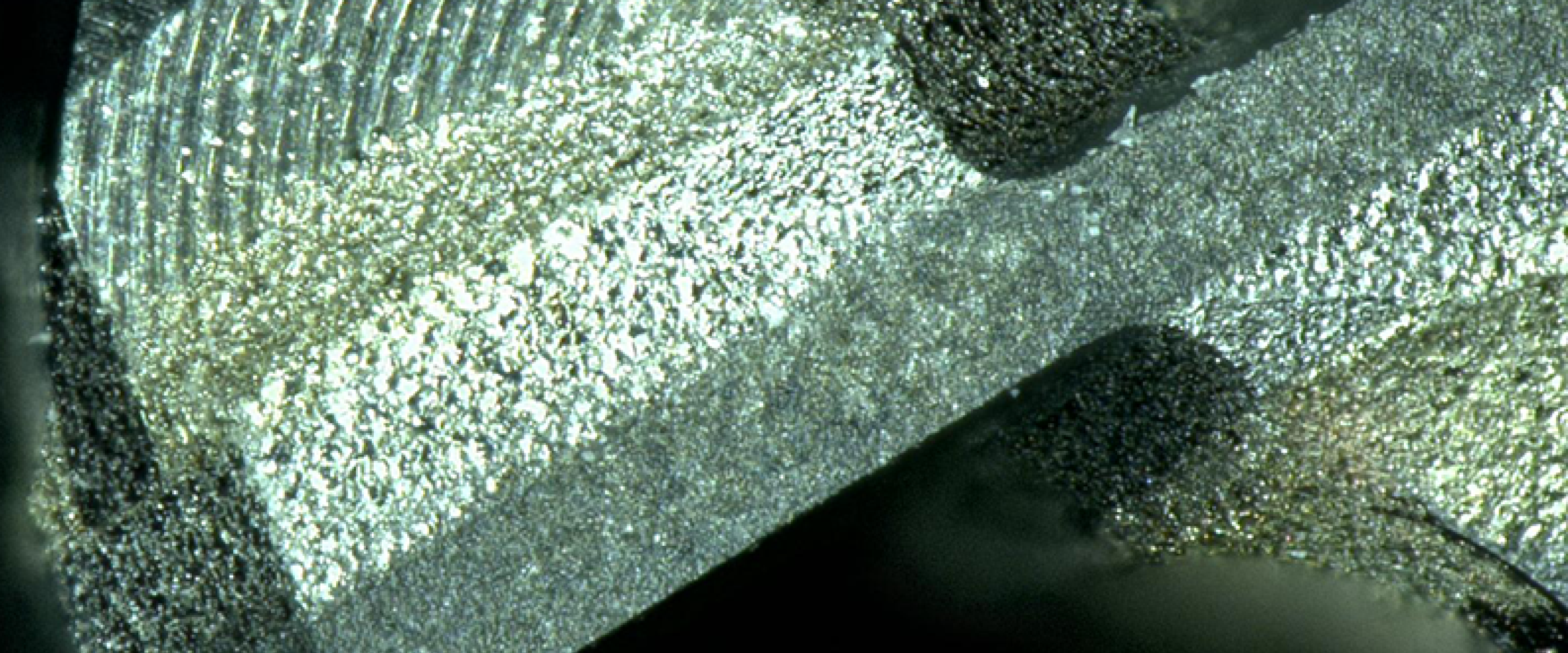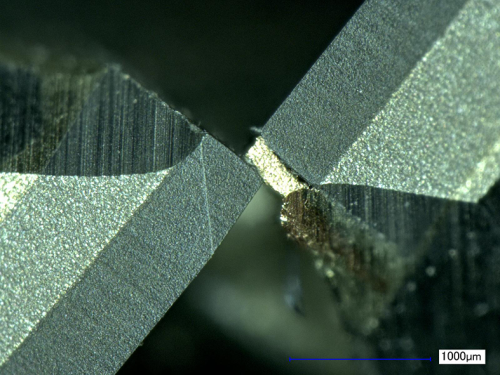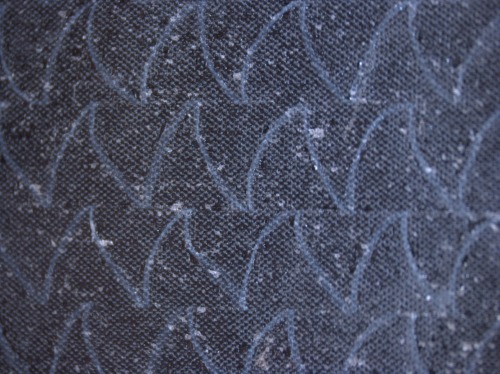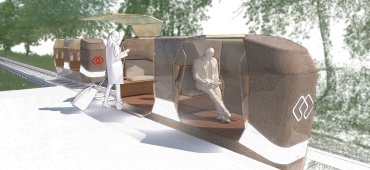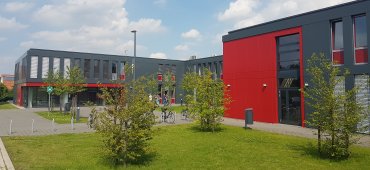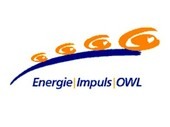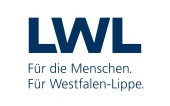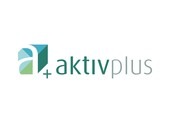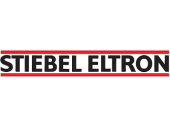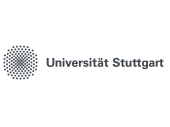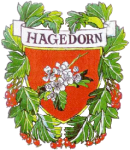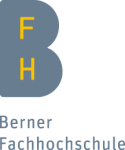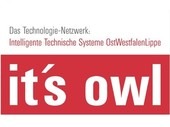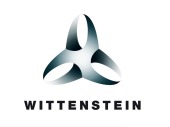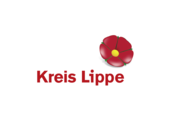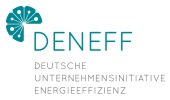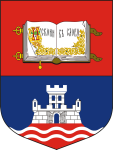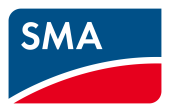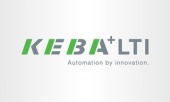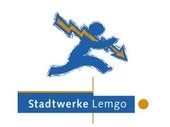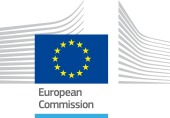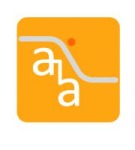ZIM-CarBoDia - Neuartige Diamantbohrwerkzeuge und Selbstoptimierungsstrategien zum HSC-Bohren von Schichtstoffen
Durch die wachsende Verwirklichung von Leichtbaukonstruktionen nimmt der Einsatz von carbonfaserverstärkten Kunststoffen (CFK) in vielen Industriebereichen wie der Flugzeug-, Automobil und Windkraftindustrie zu. Die spanende Bearbeitung von CFK-Bauteilen, insbesondere beim Bohren, bereitet derzeit unverändert Probleme hinsichtlich der Bohrlochqualität und des Werkzeugverschleißes. Hinzu kommt die Forderung nach höheren Standmengen bei gleichzeitig höheren Taktgeschwindigkeiten, die bisherige Bohrwerkzeuge nicht erfüllen. Besonders die Herstellung von qualitativ einwandfreien Durchgangsbohrungen in CFK sowie in hoch belastbare Schichtwerkstoffe (Stacks) wie beispielsweise CFK-Titan und CFK-Aluminium stellen eine enorme Herausforderung für den Bohrprozess dar. Durch den geschichteten Aufbau der Werkstücke, einer ungenügenden Prozesssteuerung und einer bisher unzureichenden Ausnutzung der Schneidwerkstoffe kommt es beim Durchgangsbohrern zu einer ungleichmäßigen Qualität auf der Ein- oder Austrittsseite der Bohrung, insbesondere bei auftretenden Bauteilschwingungen durch unzureichende Abstützung des Werkstücks. Diese Qualitätsmängel sind nicht akzeptabel und erfordern eine aufwändige und teure Nacharbeit mit Dokumentation.
Gesamtziel des Kooperationsprojekts ist die Entwicklung eines neuartigen DIA-Bohrwerkzeugs für eine einseitige Bohrbearbeitung von CFK- Werkstoffen. Neben der Verbesserung der Bohrqualität wird eine Erhöhung der Produktivität (Taktrate) sowie der Standmenge der Bohrer angestrebt.
Zusätzlich zur Entwicklung eines neuartigen Werkzeugs werden parallel neue Prozessoptimierungsstrategien auf dem hochdynamischen Bohrdemonstrator der HS-OWL entwickelt. Über ein Prozessmonitoring soll eine effektive und zielgerichtete Prozessparameterkorrektur (Drehzahl, Vorschubgeschwindigkeit) in Echtzeit erfolgen. Neben einer Anschnitts-, Bohrerbruch- und Verschleißerkennung sollen auch die Materialübergänge bei Schichtwerkstoffen detektiert und in die Prozesssteuerung eingekoppelt werden.
Weitere unverzichtbare Entwicklungsaspekte, die CFK-bedingt erforscht werden müssen, sind der Spänetransport und die sichere Absaugung des gesundheitsgefährdenden Bohrstaubs. Die abrasiven Fasern der CFK-Werkstoffe führen zu einem hohen Werkzeugverschleiß. Daher ist für die Erhöhung der Standmenge die Verhinderung einer Mehrfachzerspanung unumgänglich. Dies soll mit einer speziellen Gestaltung des Späneauswurfs am Werkzeug, sowie einer angepassten Absaugtechnologie realisiert werden.
Somit entsteht abschließend eine Bohrwerkzeugentwicklung und Prozesstechnologie mit angepasster Absaugtechnik, welche ausgearbeitet für die gängigen Werkstoffkombinationen und Lastfälle ein hohes Marktpotential bietet.

